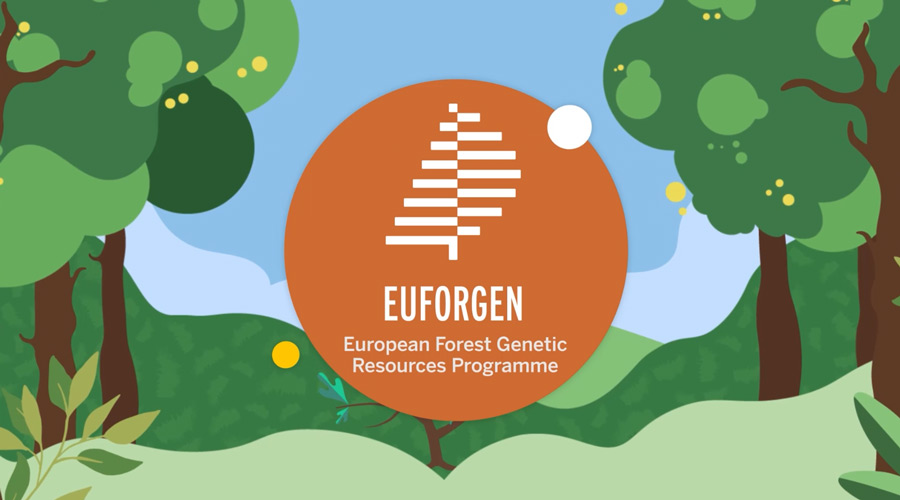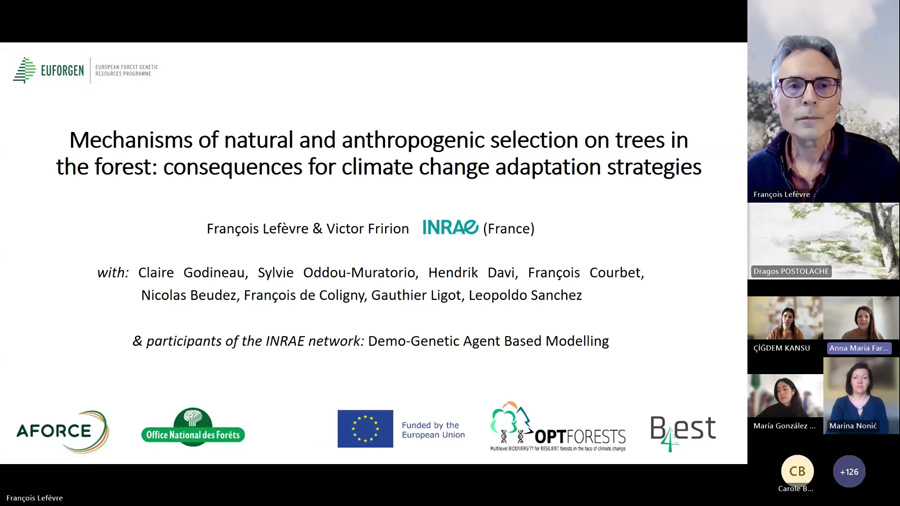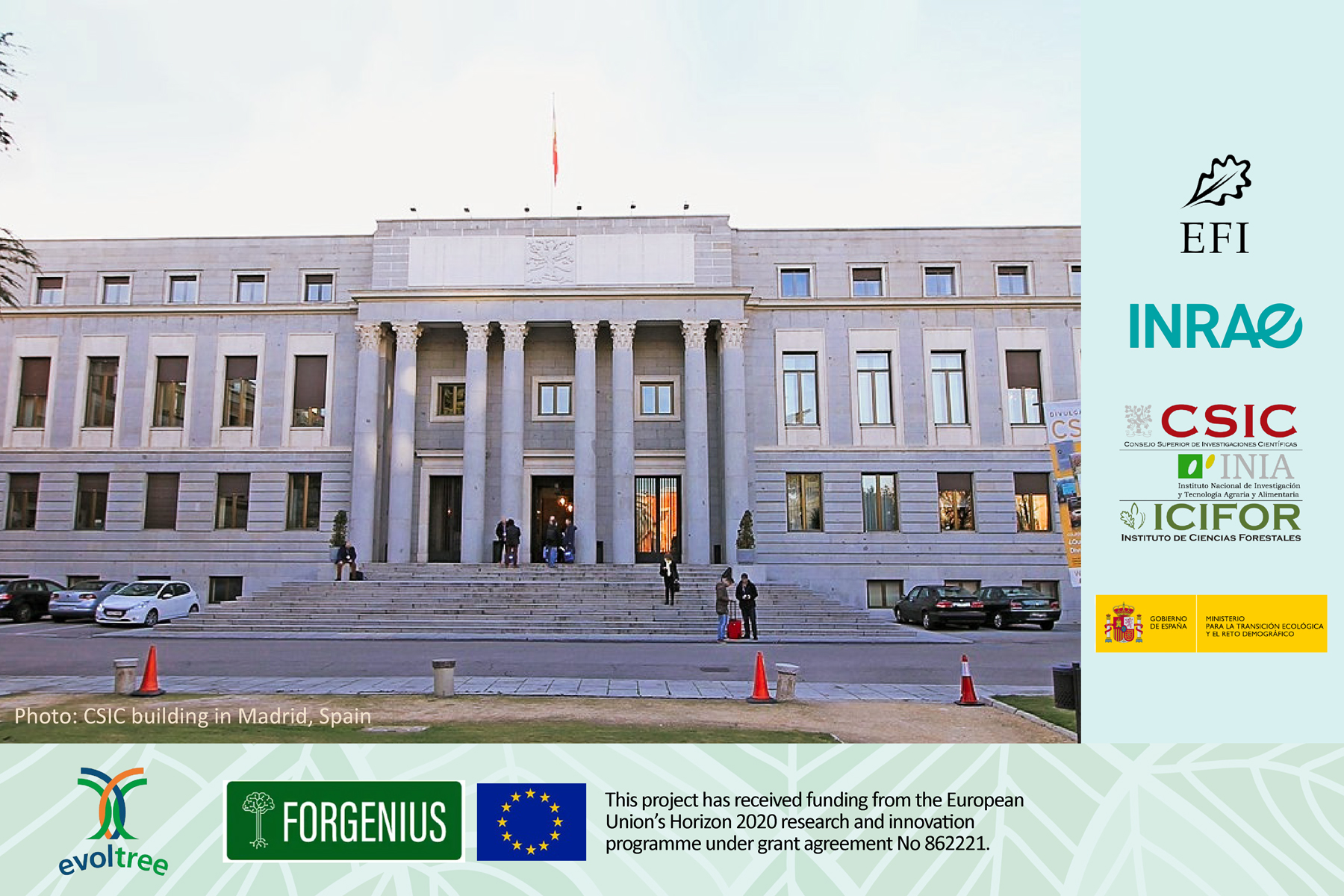Prioritizing a nation’s tree species for genetic conservation
Tree species face increasingly serious threats to their genetic integrity, including insect and disease infestation and climate change. At the same time, governments and their partners have limited resources to conserve and manage forest tree genetic diversity.
In Europe, there are over one hundred tree species for which genetic conservation units have been set up, but over 50% of these are targeting only six species such as Norway spruce or beech. Minor species, often most vulnerable, get hardly any attention. It is up to the national authorities to prioritize the species which is most likely going to take into account the market demands rather than ecological considerations.
To address these challenges in the United States, scientists and natural resource managers have developed and applied a framework for prioritizing forest tree species and populations for genetic conservation, monitoring, and management actions based on threats to the species and their life history characteristics.
Funded by the U.S. Forest Service, Project CAPTURE (Conservation Assessment and Prioritization of Forest Trees Under Risk of Extirpation) is data-driven, grounded in genetics principles, and guided by expert opinion.
“The unfortunate reality is that it’s impossible to completely conserve the genetic diversity of every species,” said Kevin Potter, a forest conservation geneticist at North Carolina State University who has coordinated the development and application of the framework. “Conservation practitioners need to apply rational, systematic, and defensible approaches to prioritize species and allocate of scarce budgets and resources.”
Project CAPTURE allows the quantitative grouping of species into vulnerability classes that may require different management and conservation strategies. This is in part because species differ in important characteristics such as life-history strategies and population dynamics, which could drive widely varying responses to potential threats. The categorization is based on vulnerability factors relating to (1) the severity of the threats faced by the tree species, (2) the sensitivity of the species to these threats, and (3) their capacity to adapt to the threats.
The flexibility of the Project CAPTURE framework allows for its application at multiple scales and across any area for which relevant data exist. It has been applied multiple times in the United States and is the foundation of an international effort (encompassing the United States and Canada) to identify a short list of imperiled tree species for a focused, high-intensity genetic conservation effort.
The Project CAPTURE framework is hierarchical, with particular species traits (such as frequency of large seed crops or pollination vector) assigned to broad species attributes (such as regeneration capacity or genetic variability), and with these in turn assigned to one of the three vulnerability dimensions (threat severity, sensitivity, and adaptive capacity). This process is informed by expert opinion gathered through a workshop or a survey. A statistical clustering algorithm then groups species based on their vulnerability dimension scores. These groups have similar vulnerability characteristics and therefore may require similar conservation and management actions, such as immediate gene conservation, assisted migration, or routine monitoring.
The first applications of Project CAPTURE have focused on the categorization and prioritization of 419 forest tree species native to the contiguous 48 United States and Alaska. A paper published in 2019 presents a vulnerability assessment of native U.S. tree species to insect and disease threats, identifying 15 tree species needing the most urgent conservation attention. In a 2017 paper, 35 tree species were placed in the highest climate change vulnerability class, meaning that they may be the most exposed to changing climate conditions, the most sensitive to broad threats, and the least able to adapt. Ongoing work is focusing on prioritizing the native tree species of Hawaii (304 species) and Puerto Rico and the U.S. Virgin Islands (561 species).
“The most obvious benefit of the prioritization framework is identifying species that are in the most trouble, but it also helps identify other groups of species that are not obviously vulnerable at the moment but could become so,” Potter said. “Those are species that we need monitor closely.”
Additionally, within highly vulnerable species, the scientists have worked to identify populations most in need of conservation activity and monitoring. A paper published in 2017 describes the prioritization of areas within the ranges of eastern hemlock (Tsuga canadensis) and Carolina hemlock (Tsuga caroliniana) for gene conservation seed collections.
The prioritization framework adopted in the US could serve as a basis to develop a similar tool for European countries struggling to choose which species to favor in their conservation and climate change adaptation plans.
Original articles:
Potter, K.M., M.E. Escanferla, R.M. Jetton, G. Man, and B.S. Crane. 2019. Prioritizing the conservation needs of United States tree species: Evaluating vulnerability to forest insect and disease threats. Global Ecology and Conservation. 18(2019):e00622. https://doi.org/10.1016/j.gecco.2019.e00622.
Potter, K.M., B.S. Crane, and W.W. Hargrove. 2017. A United States national prioritization framework for tree species vulnerability to climate change. New Forests. 48(2):275-300. https://doi.org/10.1007/s11056-017-9569-5.
Hastings, J.M., K.M. Potter, F.H. Koch, M. Megalos, and R.M. Jetton. 2017. Prioritizing conservation seed banking locations for imperiled hemlock species using multi-attribute frontier mapping. New Forests. 48(2):301-316. https://doi.org/10.1007/s11056-017-9575-7.










